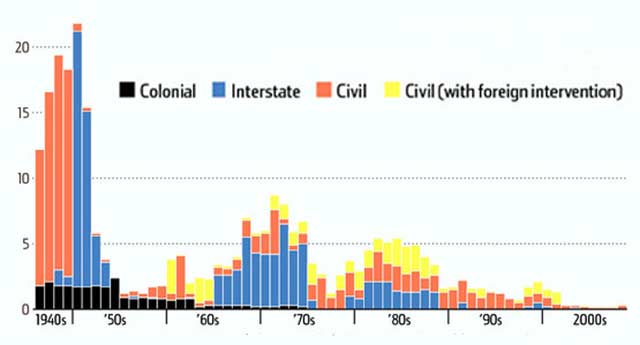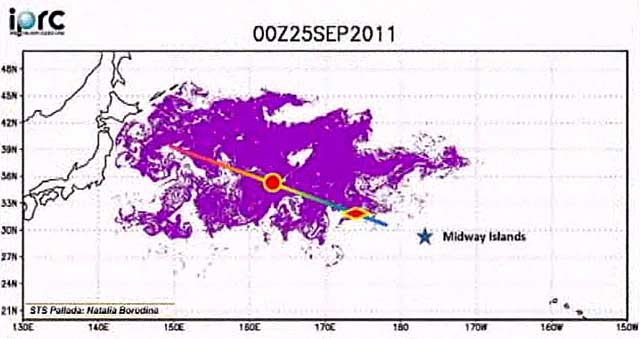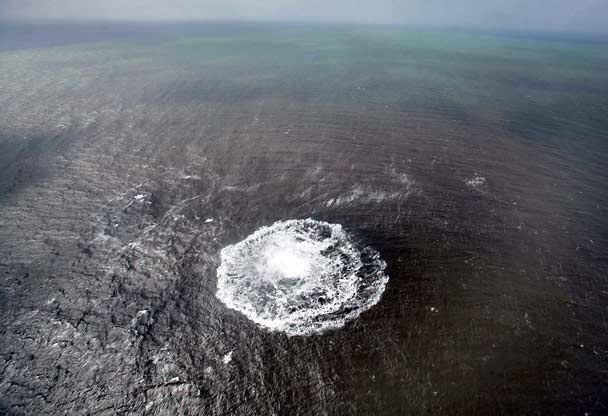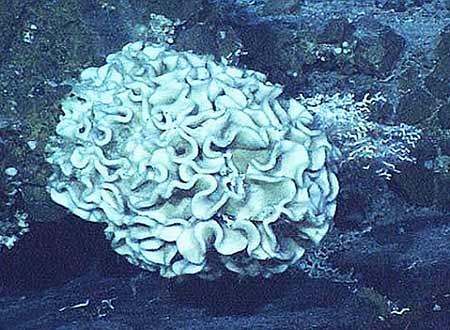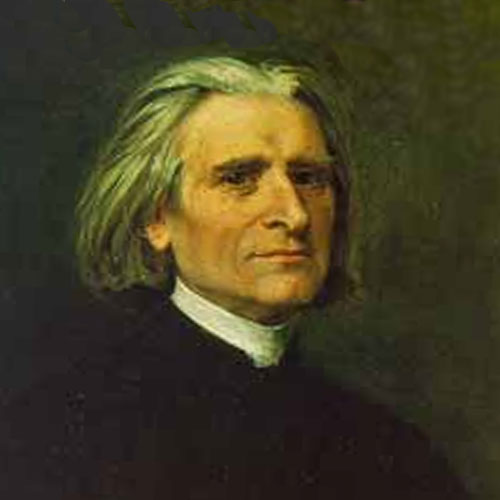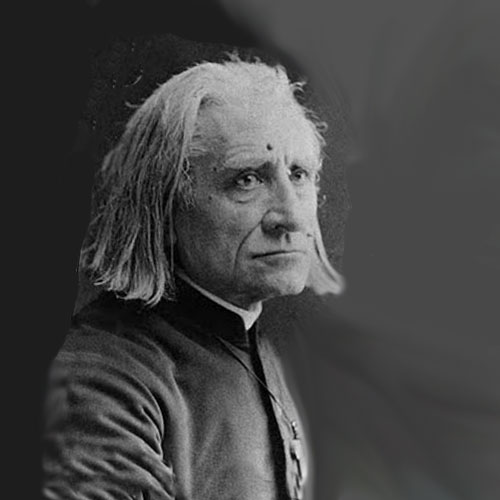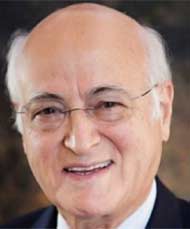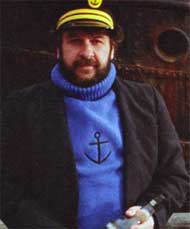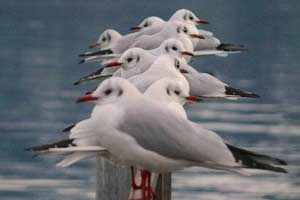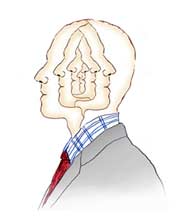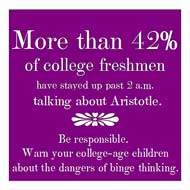In Order
Understand that I’m not saying that al-Aulaqi was not a terrorist or that Muammar al-Gaddafi was not a tyrant. Neither am I saying they were. What I AM saying is that insufficient proof has been offered. People are being asked to do more than accept facts — they are being asked to believe certain assertions, to have faith.
Both Aulaqi and Gaddafi were recognised as being intelligent and both were respected men earlier in their lives. What goes wrong? There are two (or more) sides to every event, but sometimes only one seems to be reported. At least approach these subjects with an open mind.
- The American Civil Liberties Union and the Center for Constitutional Rights argued on behalf of Anwar al-Aulaqi’s father last year that there is no “battlefield” in Yemen and that the administration should be forced to articulate publicly its legal standards for killing any citizen outside the US who is suspected of terrorism. Otherwise, the groups argued, such a killing would amount to an extrajudicial execution and would violate US and international law. “International human rights law dictates that you can’t unilaterally target and kill someone without that person posing an imminent threat to security interests,” said Vince Warren, executive director of the CCR. “The information that we have, from the government’s own press releases, is that he is somehow loosely connected, but there is no specific evidence of things he actualised that would meet the legal threshold for making this killing justifiable as a matter of human rights law.” ACLU lawyer Ben Wizner said that Aulaqi had been targeted for nearly 2 years and that the government would appear to have a very elastic definition of imminent threat. The former senior intelligence official said the CIA did reviews every 6 months to ensure that those targeted for possible killing remained threats as defined by law and presidential findings.
- Mary Ellen O’Connell, vice chairman of the American Society of International Law, says Awlaki’s citizenship probably doesn’t make his killing illegal: in the 1942 Supreme Court case about Nazi saboteurs known as Ex Parte Quirin, the court found that the “US citizenship of an enemy belligerent does not relieve him from the consequences of a belligerency.” But O’Connell says the killing is still a violation of international law, because the United States is not legally at war in Yemen. Via the Daily Beast.
- What should the evidentiary standard be for determining an American citizen poses a threat even warranting discussion of assassination? We know that Anwar al-Awlaki (and Samir Khan) are noxious propagandists who are obviously guilty of incitement to murder. We know this because of their public writings and videos. Is that enough to warrant assassination? I refuse to accept the word of any member of the Obama administration that they are worse than that. When any member of the administration shows me evidence that they are, then I will consider that they are. But the stakes of killing an American citizen on the say-so of the government are, in my non-lawyer opinion, too grave to accept the mere assurance of a government official. To believe otherwise is to be cavalier about both life and liberty. Via The Dish.
- When Obama announced before a military gathering his success in assassinating an American citizen, cheers erupted. The Obama administration and the media played the event as a repeat of the (claimed) killing of Osama bin Laden. President Obama even went so far as to declare that the military assault that he authorised on Libya without consulting Congress was not a war, and, therefore, he could ignore the War Powers Resolution of 1973, a federal law intended to check the power of the President to commit the US to an armed conflict without the consent of Congress.
- The American son of the al-Qaeda militant Anwar al-Awlaki was only 16 when he was killed by a US drone in Yemen weeks after a similar strike killed his father, raising fresh questions about the Obama administration’s use of targeted killings as a counterterrorism tool. Abdel-Rahman Anwar al-Awlaki was among several people killed in a missile strike on 21 October in southern Yemen. US officials said the target was the Egyptian-born Ibrahim al-Banna, a senior figure in al-Qaeda’s Yemeni affiliate, who also was reported killed. The Awlaki family condemned the attack and said Abdel-Rahman was only going to dinner and was not involved in terrorism — he was a teenager who paid a hefty price for something he never did and never was. Anwar al-Awlaki’s younger brother, 17-year-old Ahmed Abdel-Rahman al-Awlaki, was also killed in the air strike last week. (I guess my biggest issue is that I don’t fully accept Yemen as a war zone.)
- For years, Libya didn’t formally admit carrying out the 1988 Lockerbie bombing, but on 16 August 2003, they did admit responsibility — but not guilt — for Pan Am Flight 103 in a letter to the president of the United Nations Security Council. The motive generally attributed to Libya can be traced back to a series of military confrontations with the US Navy that took place in the 1980s in the Gulf of Sidra, the whole of which Libya claimed as its territorial waters. In 1981, two Libyan fighter aircraft were shot down, then, two Libyan radio ships were sunk. Later, a Libyan Navy patrol boat was sunk followed by another Libyan vessel two days later. (No, I did not look up the justifications offered for those actions. It’s possible I may even have agreed with them.) Muammar al-Gaddafi was accused of retaliating for these by ordering the 5 April 1986 bombing of a West Berlin nightclub frequented by US soldiers, which killed 3 and injured 230. The US National Security Agency’s alleged interception of an incriminating message from Libya to its embassy in East Berlin [ignoring diplomatic immunity?] provided US president Ronald Reagan with justification for launching USAF warplanes 10 days later from Britain — the first US military strikes from Britain since World War II — against Tripoli and Benghazi in Libya. Gaddafi claimed the air strikes killed Hanna, a baby girl he had adopted. To avenge his daughter’s death, he is said to have sponsored the September 1986 hijacking of Pan Am Flight 73 in Karachi, Pakistan. Then the US aided the Chadian National Armed Forces by supplying satellite intelligence during the Battle of Maaten al-Sarra, resulting in a devastating defeat for Gaddafi’s forces, causing him to accede to a ceasefire ending the conflict and his dreams of African dominance. He blamed French and US “aggression against Libya.” Then Pan Am Flight 103 was downed in December 1988. And, tat for tit, the US shot down 2 more Libyan planes in 1989.
- Congressman Ron Paul during a presidential debate expressed the belief that those who carried out the September 11 attack were retaliating for the many abuses perpetrated against Arab countries by the United States over the years. The audience booed him, loudly. Then, popular-song icon Tony Bennett in a radio interview said the US caused the 9/11 attacks because of its actions in the Persian Gulf, adding that President George W Bush had told him in 2005 that the Iraq war was a mistake. Bennett of course came under nasty fire. Then came the Islamic cleric, Anwar al-Awlaki, an American citizen, who for some time had been blaming US foreign policy in the Middle East as the cause of anti-American hatred and terrorist acts. So we kill him. “No public relations campaign can save America from flawed policies.” — Christian Science Monitor, 29 November 2004
- Mustafa Abdul-Jalil, the chairman of the National Transitional Council and de facto president, has declared that Libyan laws in the future will have Sharia, the Islamic code, as its "basic source". He lifted immediately, by decree, one law from Colonel Gaddafi’s era that he said was in conflict with Sharia — the one banning polygamy. Further, bank regulations will in the future ban the charging of interest, in line with Sharia. “Interest creates disease and hatred among people,” he said. Libya is already the most conservative state in north Africa, banning the sale of alcohol. The new rule may worry many young Libyans who, though observant Muslims, see themselves as more Western in their outlook. Wars never quite work out according to plan, do they?
 Animals
Animals Animation
Animation Art of Playing Cards
Art of Playing Cards Drugs
Drugs Education
Education Environment
Environment Flying
Flying History
History Humour
Humour Immigration
Immigration Info/Tech
Info/Tech Intellectual/Entertaining
Intellectual/Entertaining Lifestyles
Lifestyles Men
Men Money/Politics/Law
Money/Politics/Law New Jersey
New Jersey Odds and Oddities
Odds and Oddities Older & Under
Older & Under Photography
Photography Prisons
Prisons Relationships
Relationships Science
Science Social/Cultural
Social/Cultural Terrorism
Terrorism Wellington
Wellington Working
Working Zero Return Investment
Zero Return Investment






